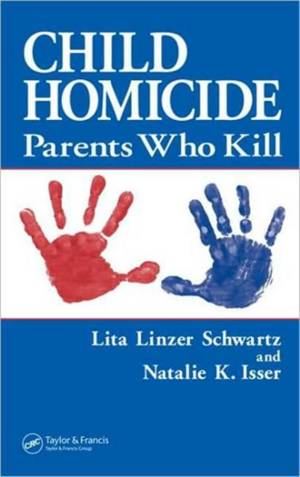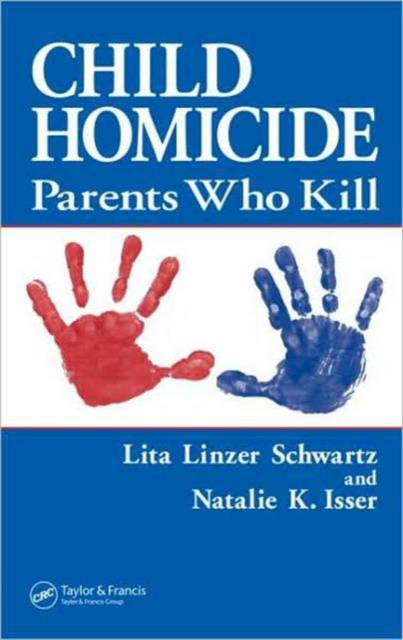
- Afhalen na 1 uur in een winkel met voorraad
- Gratis thuislevering in België vanaf € 30
- Ruim aanbod met 7 miljoen producten
- Afhalen na 1 uur in een winkel met voorraad
- Gratis thuislevering in België vanaf € 30
- Ruim aanbod met 7 miljoen producten
Zoeken
€ 162,45
+ 324 punten
Omschrijving
From governments that enact population-limiting legislation or commit wholesale neonaticide, to families who purposely allow a weak, infirm, or unfavorably gendered infant to perish rather than expend limited resources, neonaticide, infanticide, and filicide, are practiced on every continent and by every level of cultural complexity. Taking an objective and diagnostic approach, Child Homicide: Parents Who Kill examines the crime of neonaticide from all angles including historical, cultural, psychological, and legal. Expanding on the first edition, published as Endangered Children: Neonaticide, Infanticide, and Filicide, this edition details child homicide in its many forms such as shaken baby syndrome and Munchausen-by-Proxy as well as the differing circumstances involved in infanticide and filicide. Unlike many books on the subject, it investigates the behavior of the father--deemed responsible in roughly 75 percent of these cases--whether aggressive, complicit, or merely absent, and his ultimate culpability under the law. The authors study the influence of today's media, and how its lightning-fast dissemination of these shocking and often complicated stories affect public opinion, copycat crime, and legal bias. This book explains legal defenses including insanity, differential post partum diagnosis such as post-partum psychosis, and discusses new policies, more appropriate, therapeutic punishments, and preventive measures. Child Homicide: Parents Who Kill places this phenomenon in its historical, cultural, and human context and makes us realize that this is not just someone else's nightmare.
Specificaties
Betrokkenen
- Auteur(s):
- Uitgeverij:
Inhoud
- Aantal bladzijden:
- 312
- Taal:
- Engels
Eigenschappen
- Productcode (EAN):
- 9780849393662
- Verschijningsdatum:
- 1/08/2006
- Uitvoering:
- Hardcover
- Formaat:
- Ongenaaid / garenloos gebonden
- Afmetingen:
- 156 mm x 244 mm
- Gewicht:
- 576 g

Alleen bij Standaard Boekhandel
+ 324 punten op je klantenkaart van Standaard Boekhandel
Beoordelingen
We publiceren alleen reviews die voldoen aan de voorwaarden voor reviews. Bekijk onze voorwaarden voor reviews.











